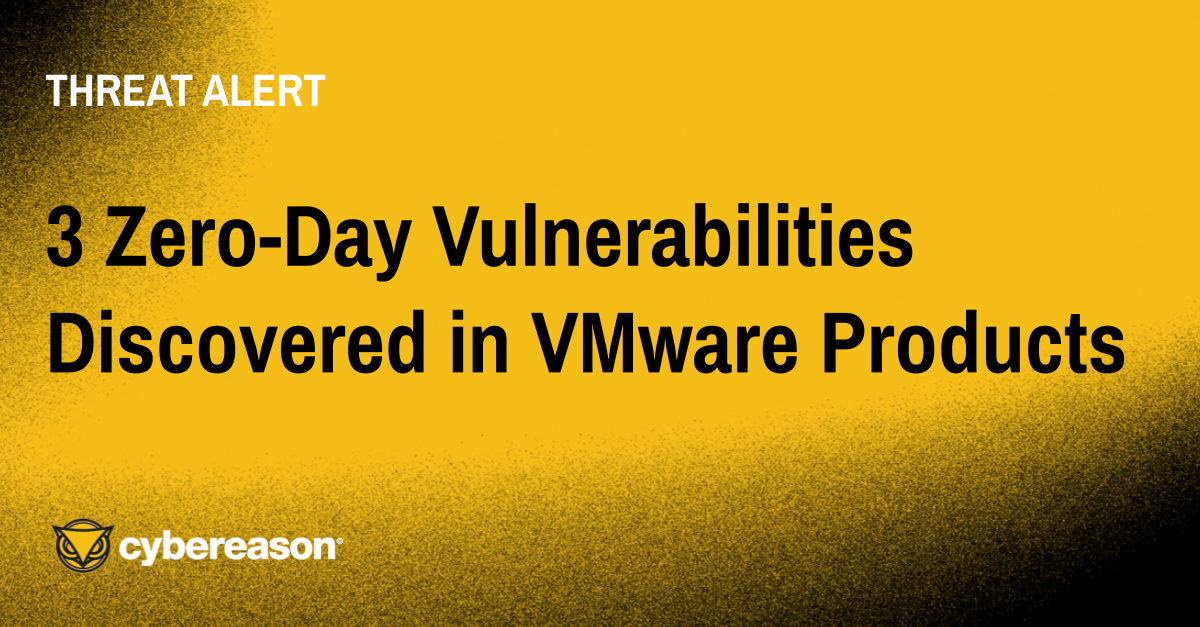
CVE-2025-53770 & CVE-2025-53771: Critical On-Prem SharePoint Vulnerabilities
Two critical vulnerabilities, tracked as CVE-2025-53770 and CVE-2025-53771, have been discovered in on-premise Microsoft SharePoint.

Matan Mimran
The latest CIA documents released by WikiLeaks as part of the Vault 7 dump explain how a tool suite called Brutal Kangaroo can infect Windows machines on air-gapped networks by using USB drives.
A Brutal Kangaroo infection requires multiple steps. First, an Internet-connected computer in the targeted organization must be infected. Brutal Kangaroo utilizes four components to infect isolated computers and execute arbitrary code:
The primary execution vector used by the infected thumbdrives is a vulnerability in Windows that can be exploited by hand-crafted link files that load and execute programs without user interaction other than viewing them in Internet Explorer. Older versions of the tool suite used a mechanism called EZCheese, but a newer version called Lachesis/RiverJack seems to use a different link file vulnerability related to Windows' library-ms functionality.
How Brutal Kangaroo spreads
As we mentioned in a previous Vault 7 blog post, WikiLeaks’ Julian Assange promised to work with hardware and software vendors on fixing zero days disclosed in the Vault 7 leak before releasing more information about the flaws. Microsoft’s June Patch Tuesday, which was released nine days before the latest WikiLeaks dump, fixed 94 vulnerabilities, including 18 that were rated critical. One of those vulnerabilities is CVE-2017-8464 – LNK Remote Code Execution Vulnerability. This gave people and organizations time to update their machines before attackers read the CVE, researched the flaw and built a tool that exploited unpatched systems.
The leaked user guide was originally written on May 11, 2015, and revised on Feb. 23, 2016, and it deprecated older tools called EZCheese (a zero-day exploit until March 2015) and Emotional Simian, (available since August 2012), and were detailed in the leaks.
This tool set combined with security incidents we have seen in recent years - including ones that target critical infrastructure, like the 2015 attack that took down the Ukraine power grid - prove that there is no 100 percent air-gapped network. Every system, including specialized ones, requires updates and patches, and, at some point, information has to be either fed in or pulled from the isolated network. The real challenge is establishing a level of network visibility that provides a highly detailed view of all activity.
Organizations, especially those with air-gapped networks, need to manually install the latest security updates from Microsoft’s June security update. This will prevent attackers from using the vulnerability outlined in the Brutal Kangaroo documents.
WikiLeaks seems to have stuck to its pledge to not release vulnerability details until after it contacted the vendor. A patch for the vulnerability outlined in the Brutal Kangaroo tool set was released 10 days before WikiLeaks publicly shared this information.

Matan Mimran is a Cyber Intelligence Researcher at Cybereason.

Two critical vulnerabilities, tracked as CVE-2025-53770 and CVE-2025-53771, have been discovered in on-premise Microsoft SharePoint.

Three zero-day vulnerabilities, tracked as CVE-2025-22224, CVE-2025-22225, and CVE-2025-22226 have been discovered in nearly all VMware products.

Two critical vulnerabilities, tracked as CVE-2025-53770 and CVE-2025-53771, have been discovered in on-premise Microsoft SharePoint.

Three zero-day vulnerabilities, tracked as CVE-2025-22224, CVE-2025-22225, and CVE-2025-22226 have been discovered in nearly all VMware products.
Get the latest research, expert insights, and security industry news.
Subscribe